The Nürburgring 24 Hours stands as one of motorsport's most brutal endurance challenges, where over 200 cars from countless categories converge on the infamous Nordschleife for a day-long battle against the track, their competitors, and their own limitations. Known as the "Green Hell," this 25.378-kilometer combination of the modern Grand Prix circuit and the legendary Nordschleife creates a racing environment unlike any other in the world.
The sheer scale of the event defies conventional racing logic. Where most endurance races feature carefully balanced classes of similar machinery, the Nürburgring 24 Hours throws GT3 prototypes, touring cars, and near-standard production vehicles into the same cauldron. The result is a constantly evolving traffic jam where million-dollar factory-backed efforts must negotiate lapped traffic that might be driven by enthusiastic amateurs.
Preparation for this race begins months in advance, with teams conducting countless test laps to memorize every crest, compression, and blind corner of the Nordschleife. Unlike purpose-built circuits where runoff areas provide margin for error, the Nürburgring's tree-lined barriers offer no forgiveness. Drivers speak in hushed tones about sections like Flugplatz, where cars literally become airborne, or the Caracciola Karussell's concrete banking that tries to rip steering wheels from their hands.
Race week transforms the quiet Eifel region into a motorsport carnival. The paddock overflows with transporters from dozens of teams, while the infield becomes a tent city for fans who make the pilgrimage annually. Thursday's qualifying sessions provide the first true indication of pace, though the infamous Nürburgring weather means dry times often become irrelevant by race day.
The start procedure itself is a spectacle, with the massive field rolling out behind a safety car for two formation laps before the real racing begins. When the green flag waves, the front-running GT3 cars immediately begin threading through slower traffic, their professional drivers executing passes with millimeter precision where others might hesitate. Further back, the amateur entrants focus on survival, knowing that simply reaching the finish will be an achievement.
Nightfall brings another dimension to the challenge. The Nordschleife's limited lighting means drivers rely entirely on their headlights to pick out braking markers and apexes. The darkness amplifies every mistake, with off-track excursions often resulting in lengthy recoveries through gravel traps. Teams strategically schedule their slower drivers for night stints, though changing weather can disrupt even the most careful plans.
As dawn breaks over the Eifel mountains, the race enters its final phase. The surviving cars show the scars of battle - dented bodywork, cracked lights, and weary drivers pushing through exhaustion. Pit strategies become increasingly desperate, with some teams gambling on short fuel fills to gain track position while others play it safe. The infamous Nürburgring microclimate often has one final trick, unleashing rain showers that turn certain sections treacherous while others remain dry.
The final hours become a war of attrition. Mechanical failures claim contenders that have run flawlessly for 20+ hours. Suspension components battered by the Nordschleife's brutal surface finally give out. Driver mistakes multiply as fatigue sets in. The leading cars continue their high-speed ballet through traffic, their professional pilots somehow maintaining concentration despite the marathon effort.
When the checkered flag finally falls after 24 relentless hours, the winners' celebrations mix elation with relief. To conquer the Green Hell demands perfection across an entire day of racing, where one momentary lapse can undo hundreds of laps of effort. The slower classes celebrate their own victories - privateer teams finishing against factory opposition, production cars outlasting more exotic machinery.
What makes the Nürburgring 24 Hours unique isn't just the challenging circuit or the diverse entry list. It's the way the event captures motorsport's raw essence - humans and machines pushed to their limits in an unpredictable environment. The race respects no reputations, favoring neither the wealthy works teams nor the plucky underdogs, but simply those who best adapt to its endless challenges.
The aftermath reveals startling statistics. Typically only about two-thirds of starters reach the finish, with retirements caused by everything from mechanical failures to driver errors to unavoidable accidents. The winning car will have covered over 3,500 kilometers - more than some endurance races complete in twice the time - at average speeds approaching 150 km/h on what's essentially a public road.
For drivers, the Nürburgring 24 Hours represents a career highlight regardless of result. Those who've conquered it speak of the race with reverence, while those who've fallen short often return year after year seeking redemption. The event's difficulty creates legends - stories of last-lap passes, impossible saves, and against-the-odds victories that grow with each retelling.
The Nordschleife itself remains the true star. No amount of technological advancement or driver skill can tame its 170+ corners. Modern safety improvements have made the track less lethal than in its early years, but it remains fundamentally unchanged in character from when it first challenged racing's greats in the 1920s. This continuity creates a direct link between motorsport's past and present.
As teams pack their equipment and fans begin the journey home, the Nürburgring returns to its usual quiet state. The battered barriers get repaired, the gravel traps get raked, and the track waits patiently for next year's field of 200+ brave entrants. Because while the specific participants change annually, the essential challenge remains eternal - 24 hours, 200 cars, one Green Hell.
The race's appeal lies in this unchanging nature. In an era where motorsport becomes increasingly sanitized and predictable, the Nürburgring 24 Hours remains gloriously chaotic. It's a reminder of what racing used to be - and perhaps what it still should be. Not a clinical exercise in aerodynamics and tire management, but a proper adventure where man and machine face the elements on equal terms.
For those who participate, whether as drivers, team members, or spectators, the event becomes more than just another race. It's a shared experience that bonds everyone who survives it, a story to recount for decades, and for the fortunate few who stand atop the podium, the pinnacle of their racing careers. The Nürburgring 24 Hours doesn't just test speed - it tests character, perseverance, and the very definition of what it means to be a racer.
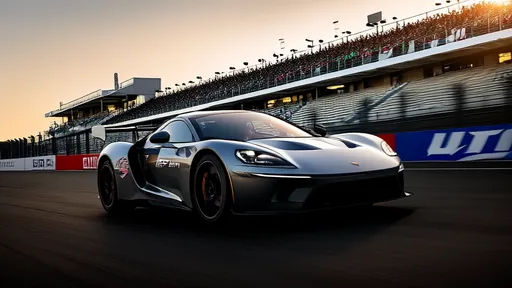
By /Jun 14, 2025
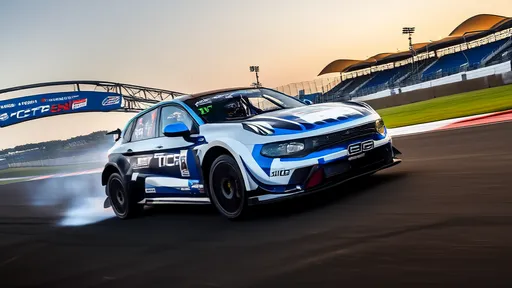
By /Jun 14, 2025
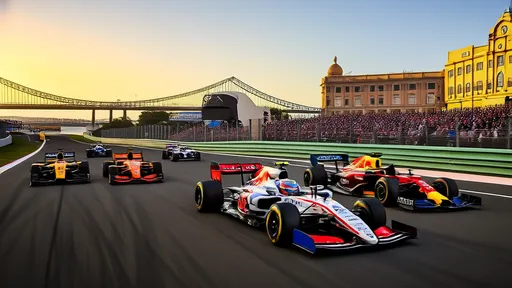
By /Jun 14, 2025
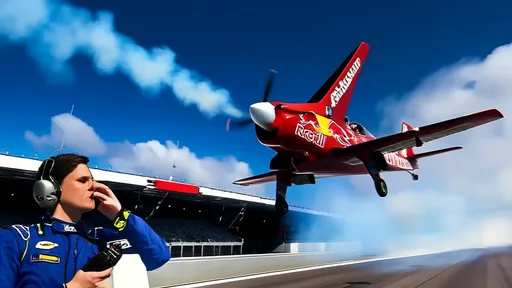
By /Jun 14, 2025
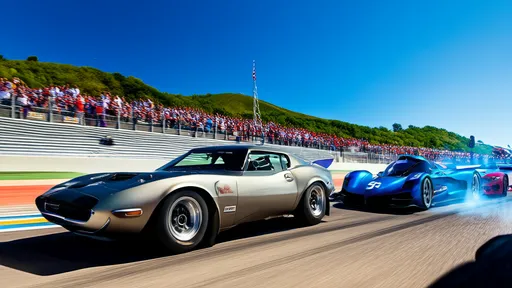
By /Jun 14, 2025
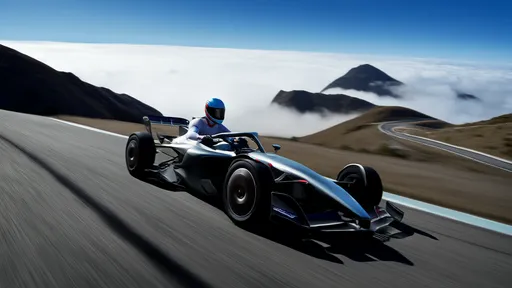
By /Jun 14, 2025

By /Jun 14, 2025
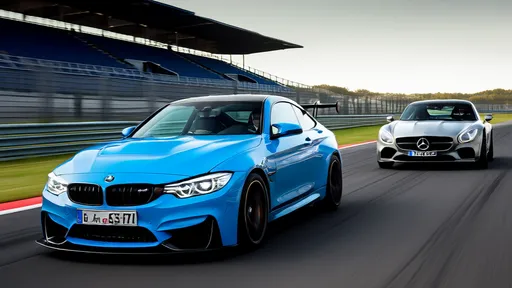
By /Jun 14, 2025
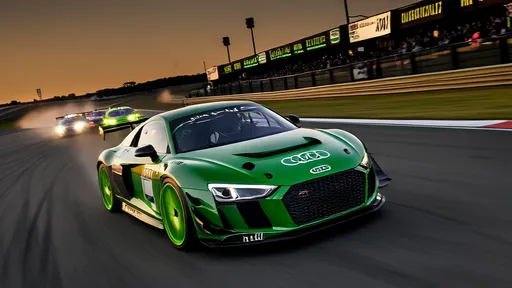
By /Jun 14, 2025

By /Jun 14, 2025

By /Jun 14, 2025
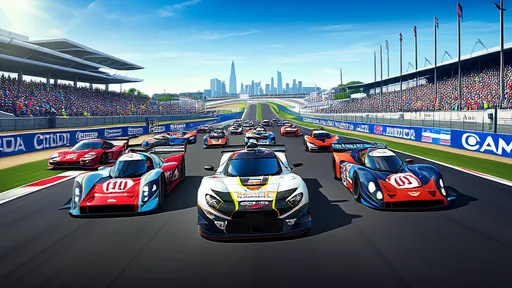
By /Jun 14, 2025
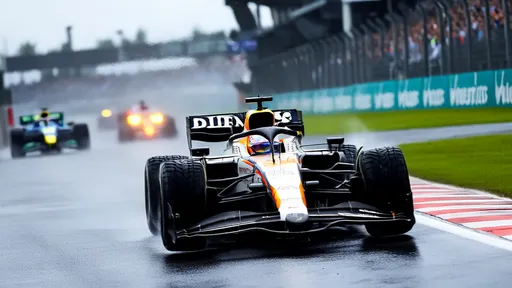
By /Jun 14, 2025

By /Jun 14, 2025

By /Jun 14, 2025

By /Jun 14, 2025
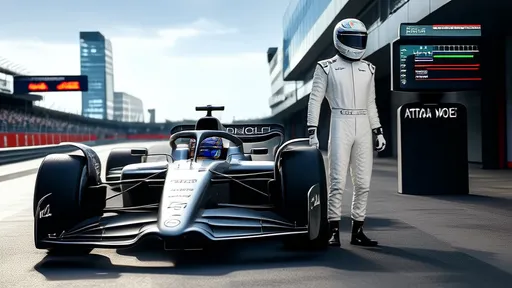
By /Jun 14, 2025